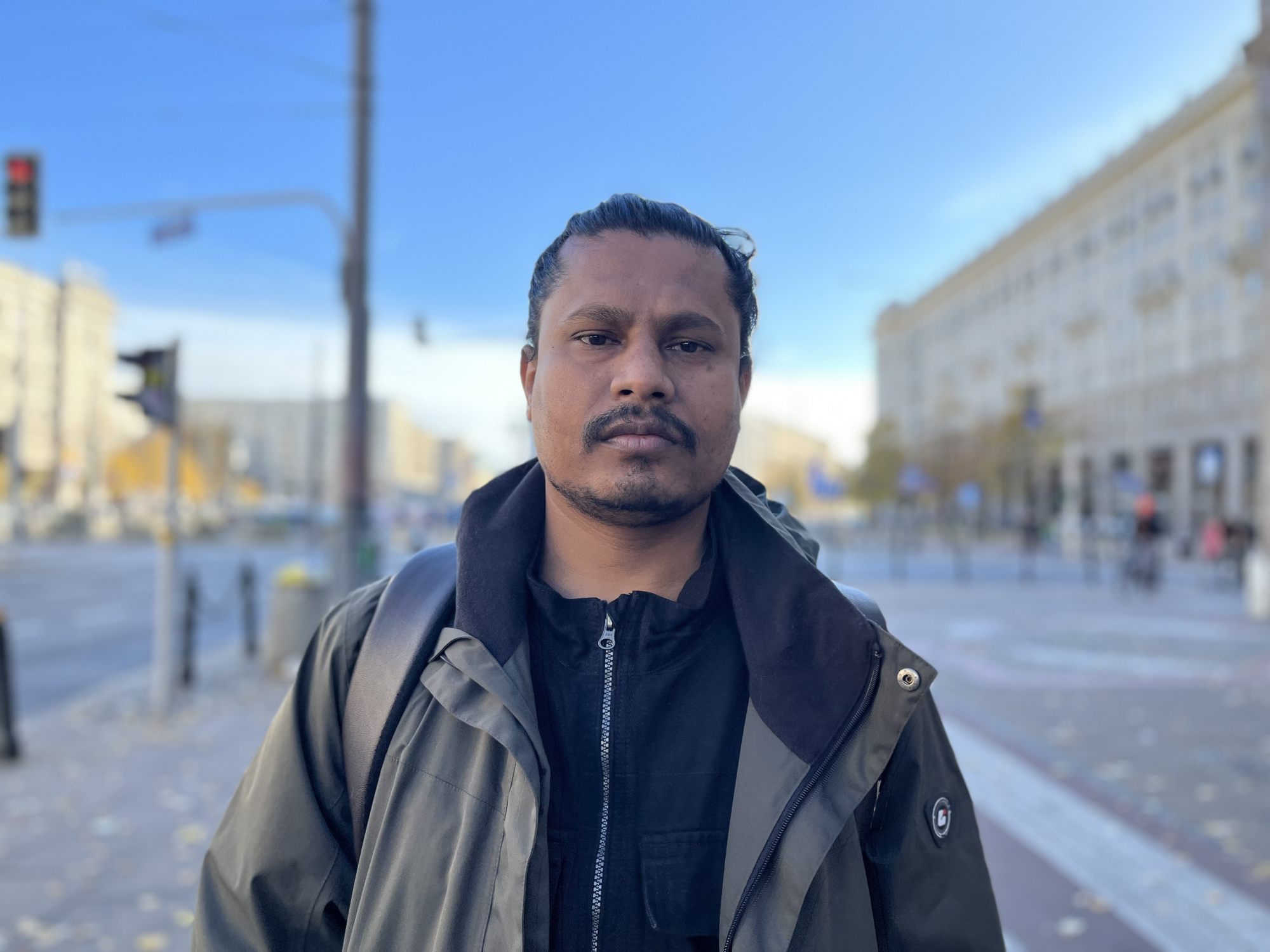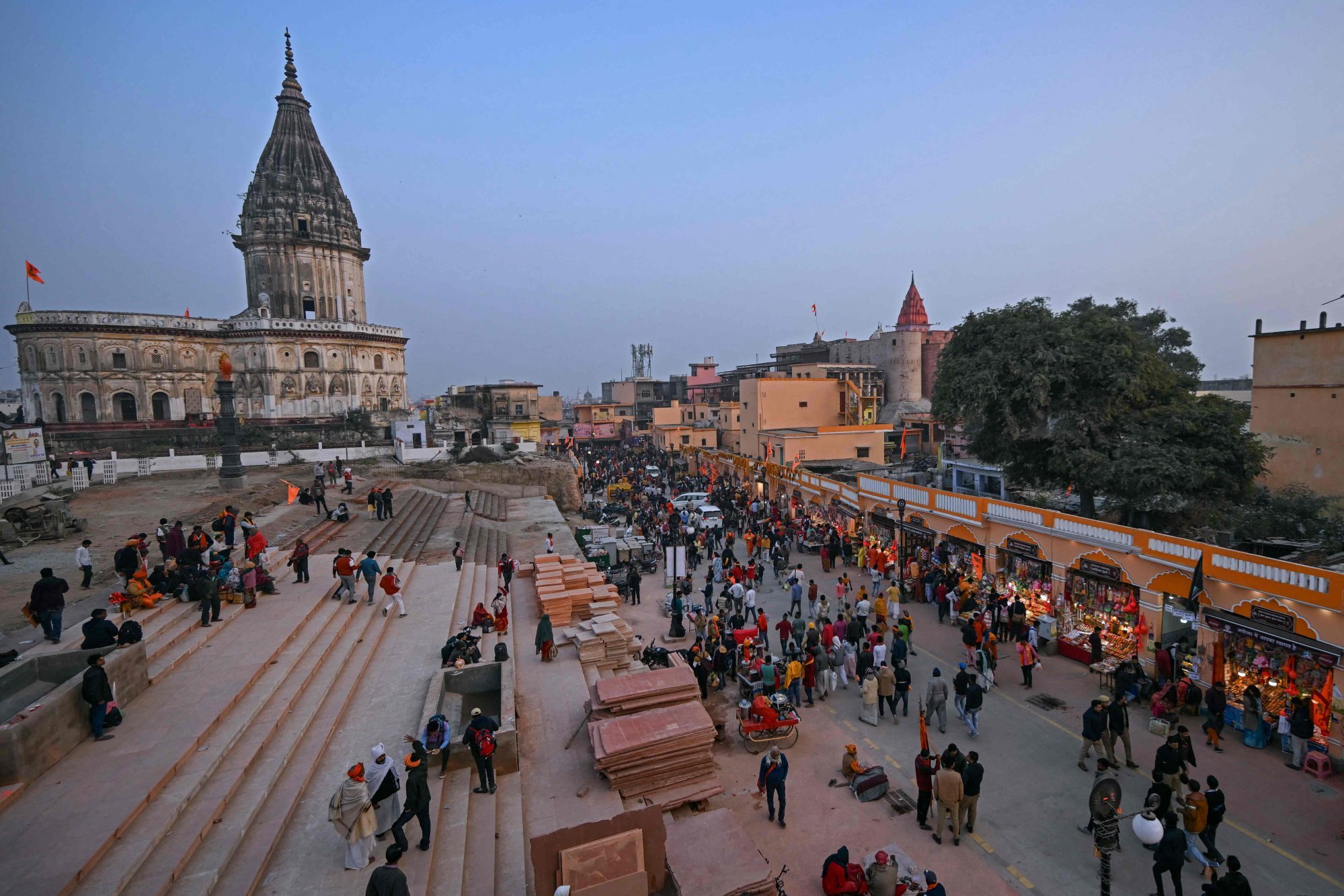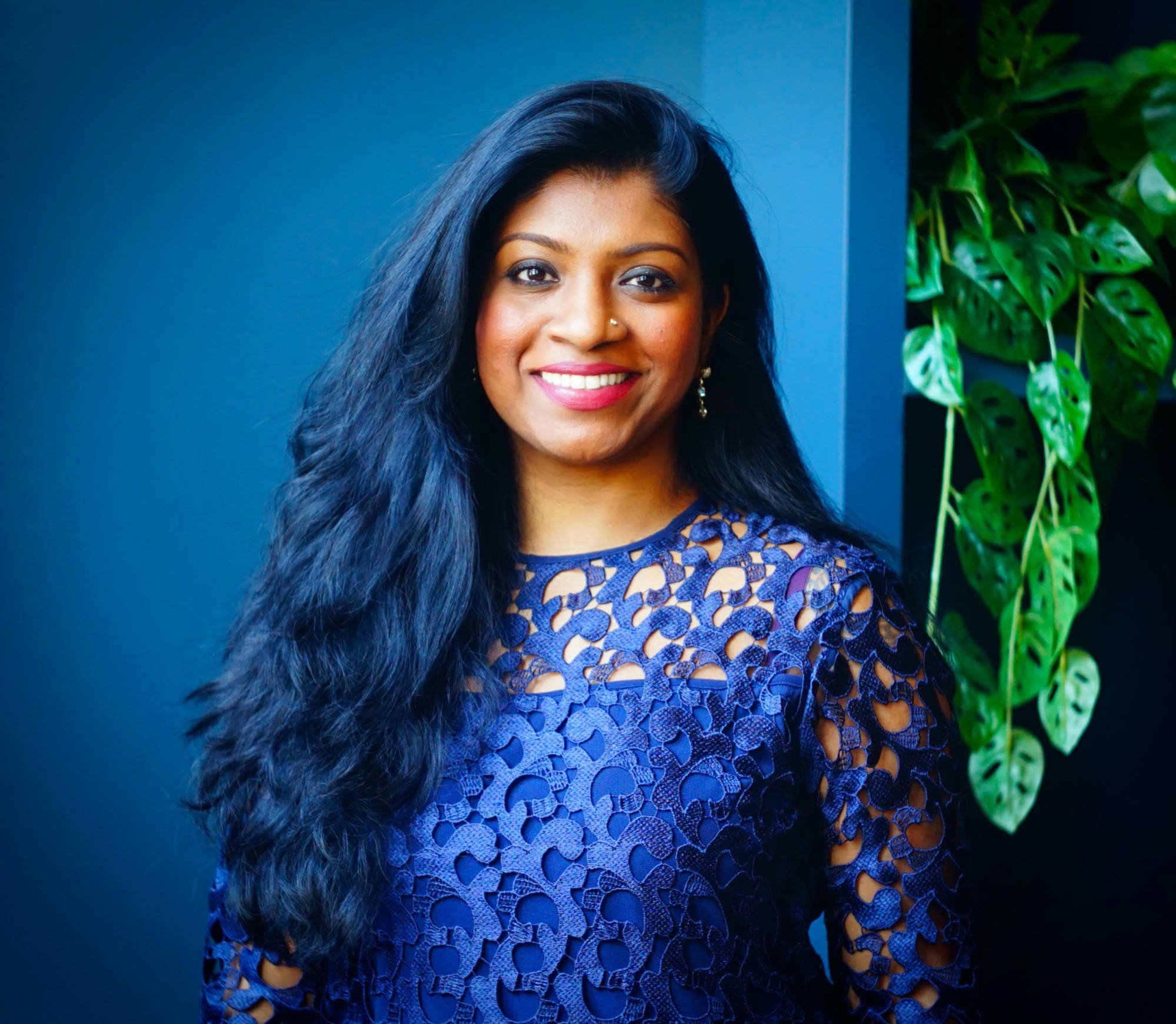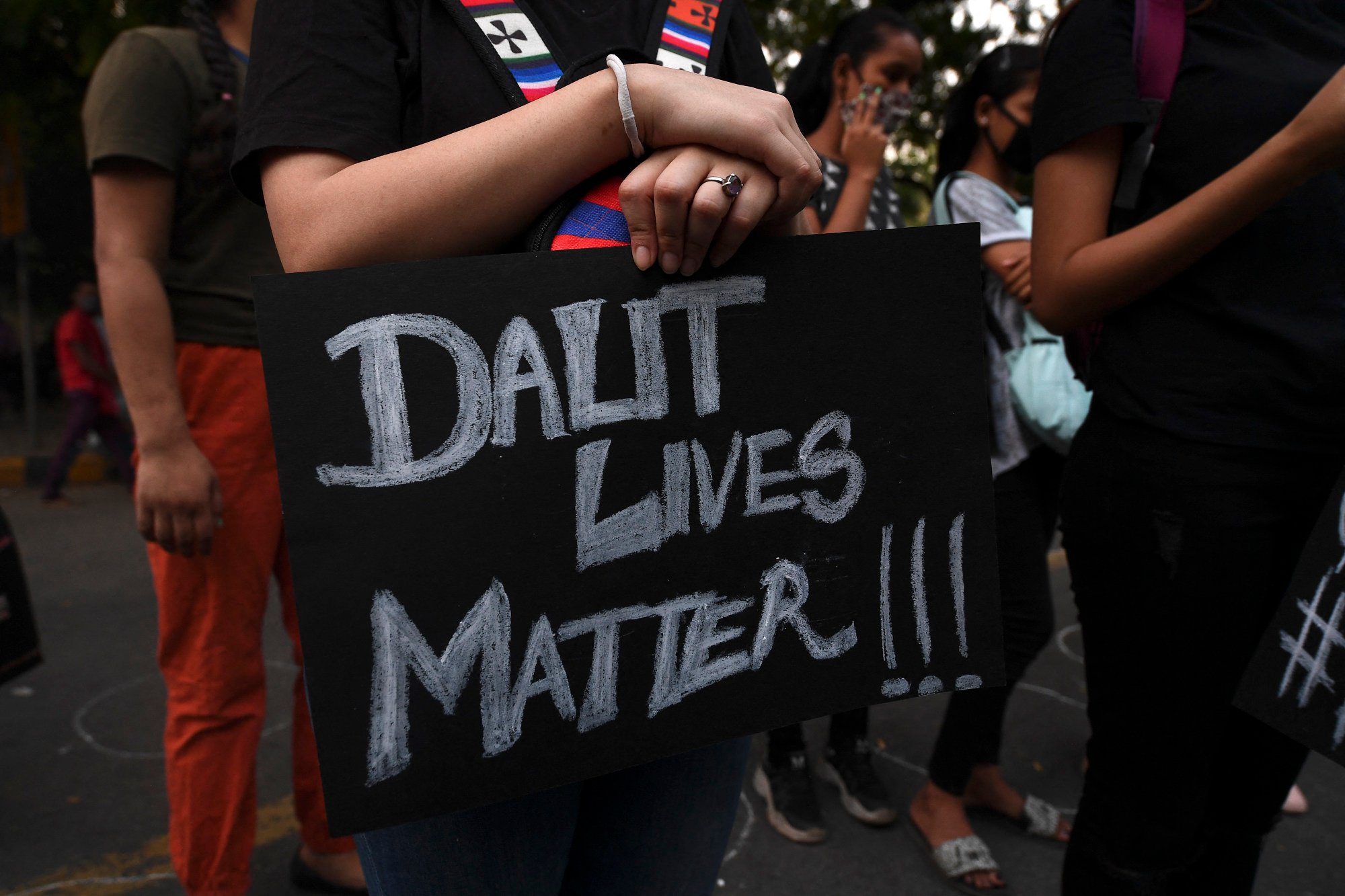India’s publishing world has ‘hardly any diversity’. Dalit writers are changing that
[ad_1]
Using the metaphor of a broken pot, Maitreya describes his family history as incomplete, smashed by its place outside the centuries-old caste hierarchy, in a personal history that has echoes in the experiences of an estimated 200 million other Indians at the lowest rung of society.
In its 1950 constitution, India abolished “untouchability” and later criminalised caste-based discrimination. Meanwhile, the government the following year established a “reservation scheme”, in theory saving spaces in government and education for members of under-represented castes or tribes, to level the playing field for Dalits.

Some Dalits and other low-caste Indians have punched through, including BR Ambedkar who scripted the Indian constitution, as well as KR Narayanan, who became the nation’s first Dalit president in 1997.
Maitreya, 37, is among the few publishers promoting Dalit writers and anti-caste literature from his Panther Paw label in Nagpur, Maharashtra state, where books cram onto shelves and portraits of Dalit leaders are pinned to the whitewashed walls of an office he runs solo.
“If I can help somebody else from the community get their story published, it will strengthen our existence in the literary world,” he told This Week in Asia. “That has been my inspiration.”
India’s ‘untouchable’ women face rejection from schemes meant to help them
India’s ‘untouchable’ women face rejection from schemes meant to help them
His drive to build Dalit literature began in 2015, when he met JV Pawar – one of the founders of Dalit Panther movement.
Started in the 1970s, the movement drew inspiration from the parallel black power struggle in the United States of the Black Panthers and closer to home, the work of Dr Bhimrao Ambedkar, a champion of Dalits.
At the end of their meeting, Pawar gifted five books written in Marathi on Dalit history to Maitreya, who later translated the first volume into English. But finding a publisher for the next step proved to be quite challenging.
“Nearly all English publications [in India] are primarily owned or founded by individuals from the upper caste,” he said. “I decided to take matters into my own hands and start publishing.”
Within the mainstream Indian publishing sector, there’s very little representation and there’s hardly any diversity at all
Panther Paw Publication has since published 16 books of poetry, biography, history, fiction and non-fiction works by Dalit authors.
But it is a business model complicated by the lower-than-average literacy rate of 66 per cent among the core audience of Dalits. The national average literacy stands at 73 per cent – a disparity researchers say is entwined with poverty, caste-based discrimination and limited access to education.
Despite their “low” status, politicians are courting the Dalit vote ahead of a general election that is all but guaranteed to reappoint Prime Minister Narendra Modi for a third consecutive term.
Experts say Modi, who faces accusations of neglecting underprivileged castes despite the soaring rhetoric on Hindu unity, is trying to foreground the lower castes, including at the controversial consecration ceremony of the Ram temple on Monday on the grounds of a razed mosque in Ayodhya.

‘Very little representation’
Small-scale publishing, produced in the litany of local languages, has so far been the best pathway to building the Dalit literary scene, says Christina Dhanuja, 40, a writer and co-founder of Dalit History Month.
Held every April nationwide, it is inspired by the Black History Month in the US, and promotes talks about non-mainstream publishers and helps caste-marginalised individuals share their work. It has promoted books such as A Rebellious Cobbler by Dwarka Bharti and published by Panther Paw, otherwise overlooked by a sector dominated by Penguin Random House, Harper Collins and Hachette.
“Within the mainstream Indian publishing sector, there’s very little representation and there’s hardly any diversity at all,” Dhanuja said.

Navayana, a publishing house in New Delhi, smashed the caste ceiling when it broke out in 2003, publishing anti-caste literature, although not specifically from Dalit authors. Founders S Anand and D Ravikumar realised there was no English-language publisher in India working with caste as its central theme.
They struggled with funding until Bhimayana, a 2011 graphic novel about BR Ambedkar – one of the founders of modern India who was a pioneer of writing on caste – took off, selling more than 20,000 copies and becoming translated into nine languages.
“Because of our work, mainstream publishers have started to give space to Dalit writers,” Anand said.

Still, the community continues facing discrimination in the literary space, Anand says, as India’s cultural gatekeepers “will let one or two Dalit authors write … but that’s all”.
In Lucknow, the capital of Uttar Pradesh, where some 20 per cent of the population are Dalits, academic Ravi Kant says Dalit history has only recently caught the interest of international readers.
Titles such as Caste Matters by Suraj Yengde and Ants Among Elephants by Sujatha Gidla have gained global recognition.
“It’s only now, with a growing demand for Dalit literature, that international interest in caste issues has emerged,” said Kant, an associate professor of Hindi and modern Indian languages at Lucknow University. “Publishers are now seeking writers in demand, but there’s still a lack of institutional support for diversity in India.”
Calls grow among Australia’s 1 million South Asians to ban caste discrimination
Calls grow among Australia’s 1 million South Asians to ban caste discrimination
Yashica Dutt, 37, was moved to discuss her own caste after a Dalit student, Rohith Vemula, in 2016 took his life in Hyderabad, saying in a note that his dreams had been stubbed out and his birth was his “fatal accident”. His death changed how many Indians – especially in more progressive cities – thought about caste.
Dutt created a Tumblr account and wrote, “Today I’m coming out as Dalit”, publicly revealing her Dalit identity for the first time and winning applause for her courage as a wave of Dalits joined her in challenging the stigma.
Her blog, Documents of Dalit Discrimination, started a long-neglected conversation about Dalitness in public, and in 2019 she published the book, Coming Out as Dalit, under the independent label Aleph Book Company based in Delhi.
Yet support can feel tokenistic, she noted, with Dalit books often absent from newspaper “must-read” lists.
“If you look at just the literature festivals, a lot of them will do one panel on Dalits and then cram all the Dalit writers in there and then be done with it,” she said. “I feel like what needs to be done is for Dalit writing to be looked at as a form of genre on its own.”
[ad_2]
Source link

